Pyongan Cuisine
Pyongan regional cuisine is the food culture of northwestern Korea and bordering parts of northeastern China. Pyongan cuisine is closely aligned with the historical Pyongan(평안)[平安] Province of the Joseon Dynasty, in what is now North Korea. This region includes the North Korean capital Pyongyang(평양)[平壤].
Pyongan cuisine is most similar to other Korean cuisines. It has historically been influenced by neighboring Manchurian cuisine and has similarities to northeastern and northern Chinese cuisines. Japanese cuisine shares some similarities also.
Dumplings, noodles, cold and hot soups, and watery kimchi are some typical Pyongan regional dishes.
Ingredients
Wheat(밀 mil) and buckwheat(메밀 memil) are major staples in the region. Rice(쌀 ssal) is less commonly used, and millet(조 jo) is sometimes used.
Soybeans are used in a variety of ways. They are fermented to make soy sauce(간장 ganjang) and soybean paste(된장 doenjang) as well as fermented whole soybeans(청국장 cheonggukjang) similar to Japanese natto. Soup soy sauce(국간장 guk ganjang) refers specifically to traditional Korean soy sauce, which is a byproduct of making soybean paste.
Radish(무 mu) and cabbage(배추 baechu) are common vegetables, often pickled. Radish leaves(무청) are also used.
Asian pear(배 bae) is a popular fruit, sometimes used for marinade or to sweeten dishes.
Blue crab(꽃게 kkotge), also known as horse crab, is usually steamed.
Chicken, pork, and beef are used for meat.
Dishes
- jobap(조밥): steamed rice and millet
- raengmyeon(랭면): cold buckwheat noodles in clear kimchi broth, a type of water naengmyeon(물냉면)
- kimchi mari(김치말이): cold kimchi broth with noodles
- raengchae(랭채): cold salad, usually with noodles and vegetables
- cheonggukjang(청국장): fermented soybeans
- cheonggukjang jjigae(청국장찌개): fermented soybean stew
- eggplant kimchi(가지김치 gaji-gimchi): pickled eggplant
- mandu(만두): wheat dumpling with meat or other filling
- wang mandu(왕만두): large mandu, often with meat or kimchi filling
- manduguk(만두국): dumpling soup
- gulmandu(굴만두): dumpling without a wrapper, like a meatball
- baek kimchi(백김치): napa cabbage kimchi in clear or white broth
- dongchimi(동치미): watery kimchi, often with Korean radish, napa cabbage, and Korean pear
- gukbap(국밥): hot soup with cooked rice added
- kkotge jjim(꽃게찜): steamed blue crab
- dakjuk(닭죽): chicken porridge
- eobuk jaengban(어복쟁반): tray of pressed brisket and other ingredients with clear beef broth
- songgi tteok(송기떡): rice cake with made from rice flour mixed with inner pine bark flour and pine nuts
Recipes
-
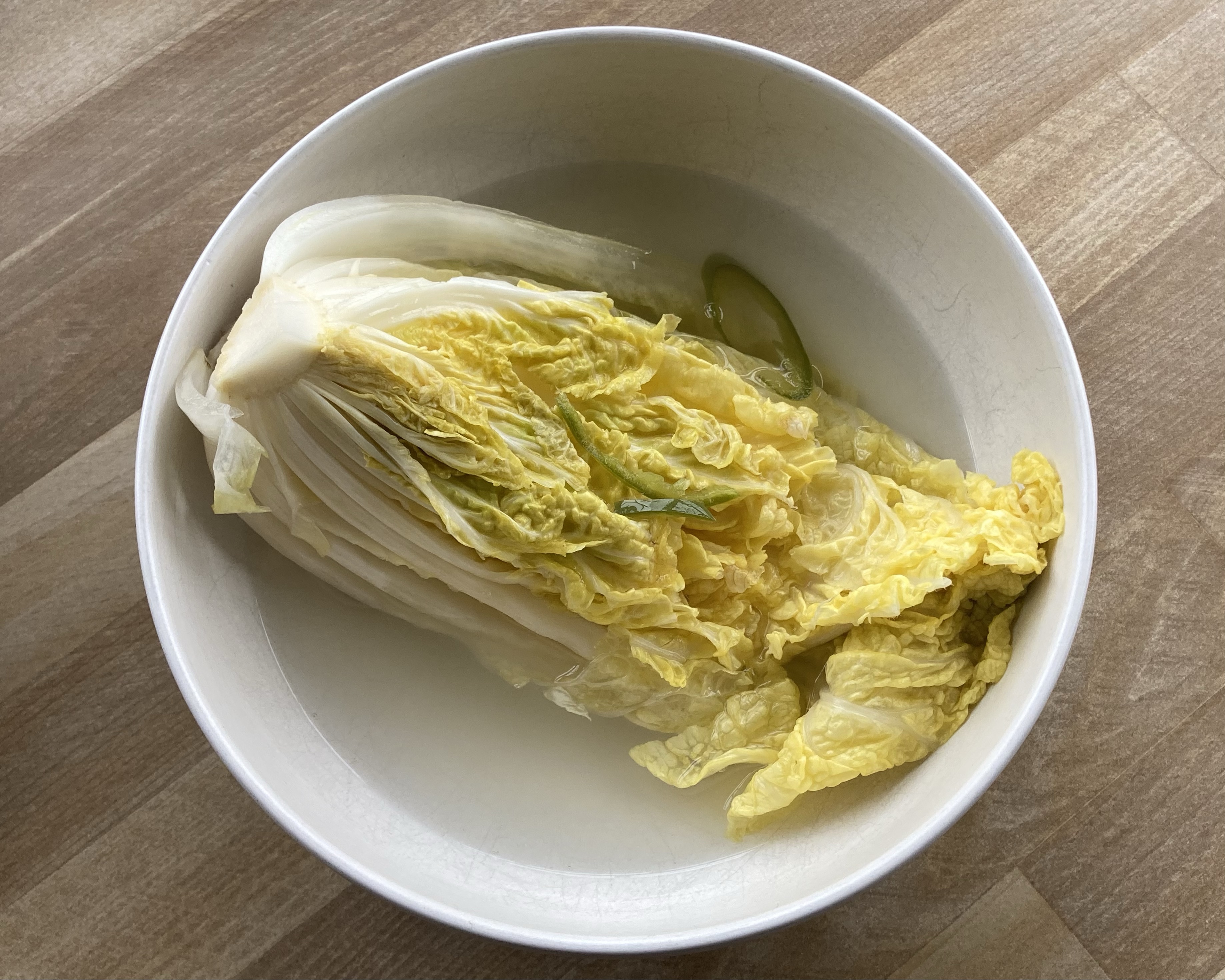
Baek Kimchi
White kimchi, or baek kimchi(백김치), is a type of water kimchi made with napa cabbage, popular in the Pyongan(평안) region […]
-
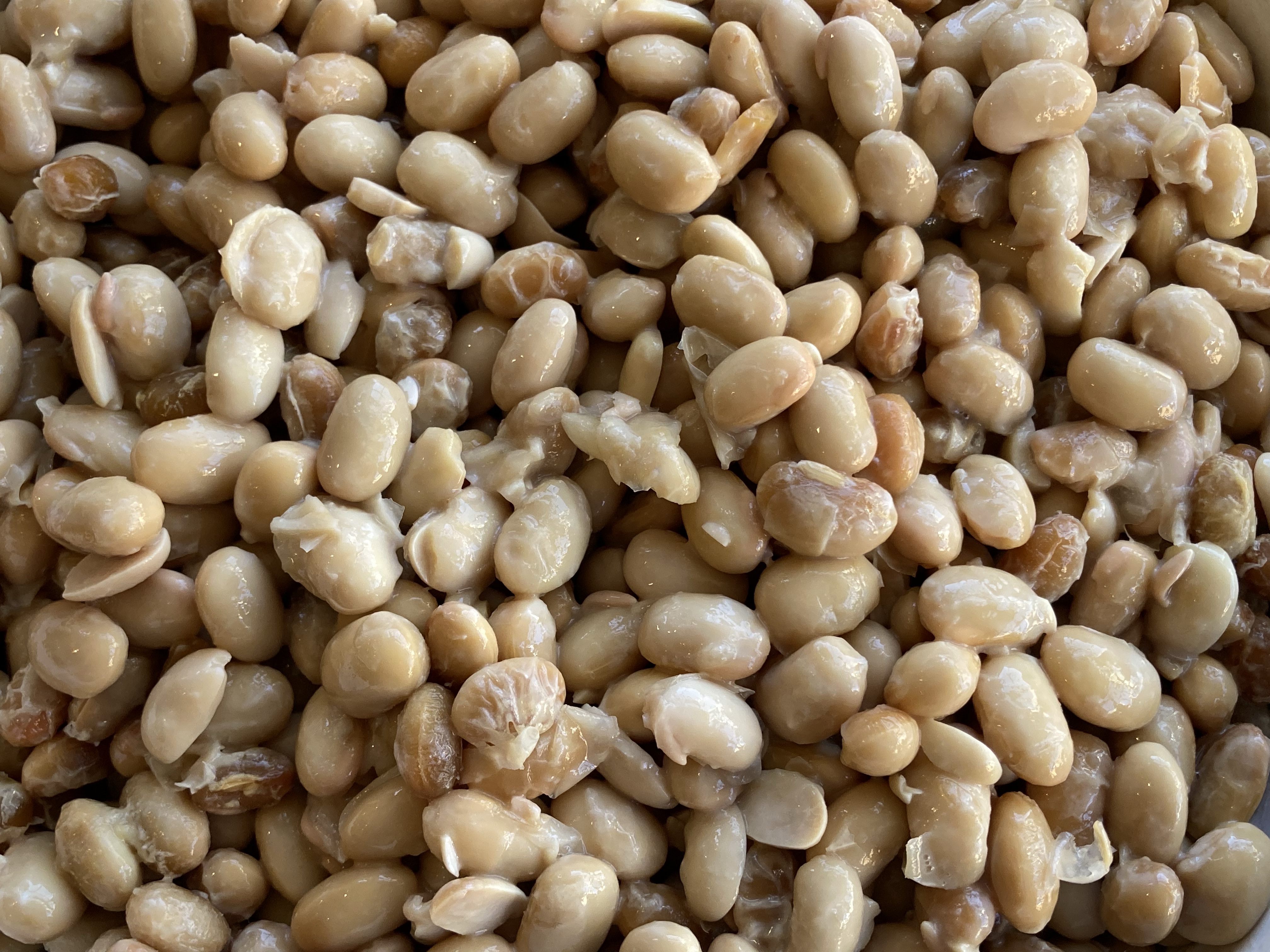
Cheonggukjang
Cheonggukjang(청국장찌개) is a traditional Korean food made with fermented soybeans. Fermented soybeans can be partially mashed into a paste similar […]
-
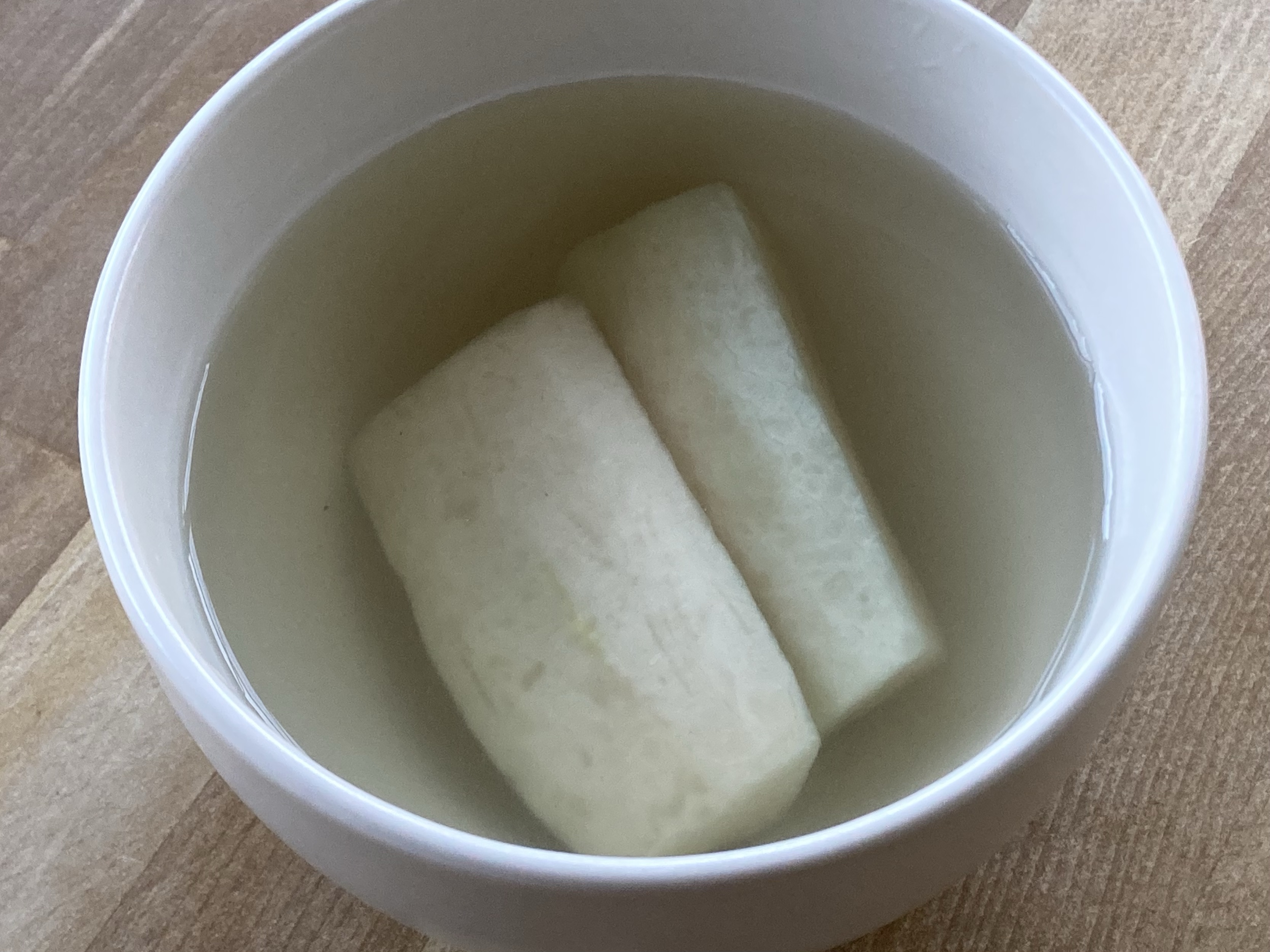
Dongchimi
Dongchimi(동치미) is a water kimchi popular in Korea, especially the Pyongan region of northern Korea. Dongchimi is made with radish […]
-
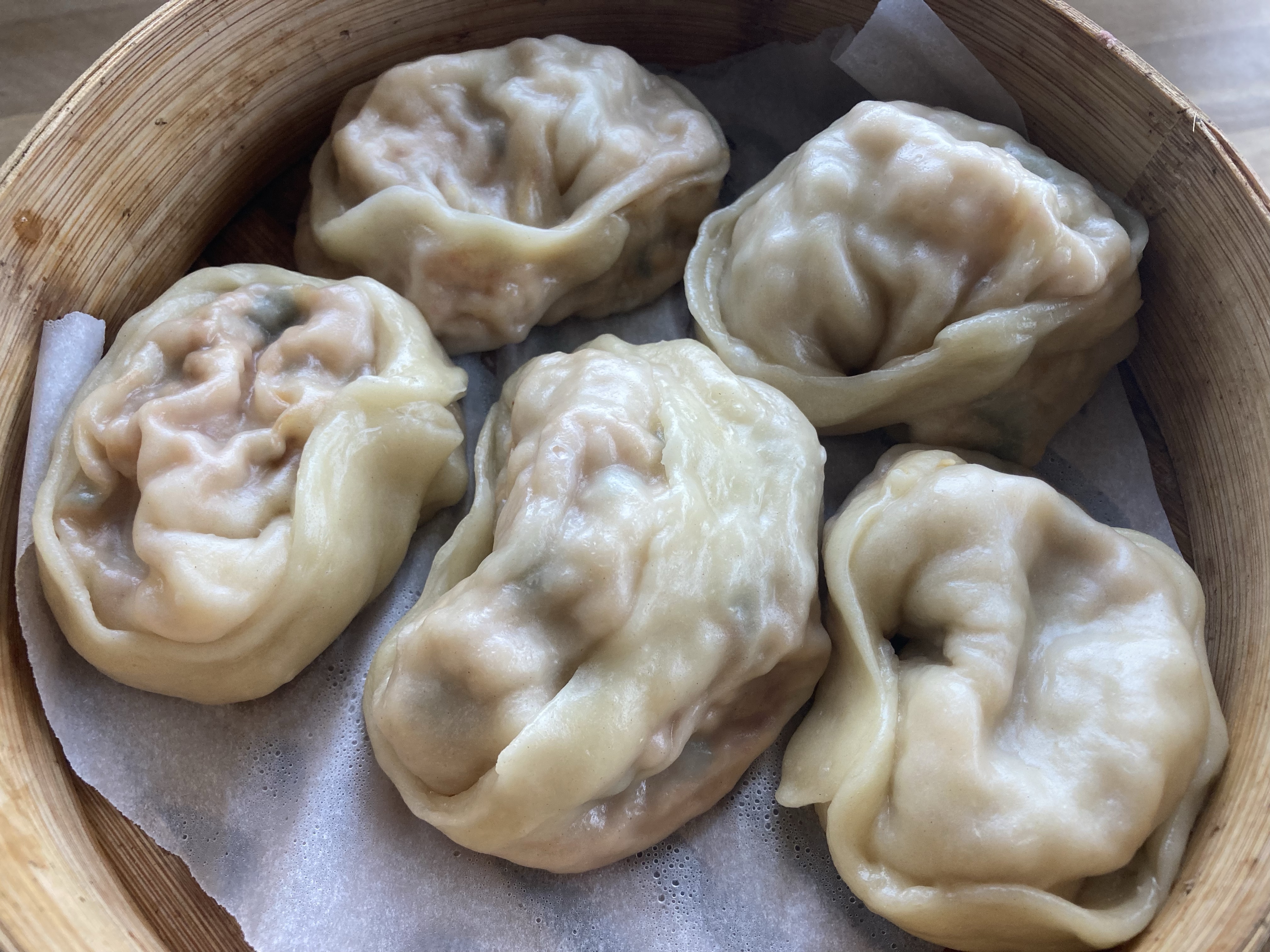
Kimchi Wang Mandu
Kimchi wang mandu(김치왕만두) are large, ‘king-size’ dumplings with kimchi filling. Wang mandu are popular in Pyongan cuisine and may be […]
-
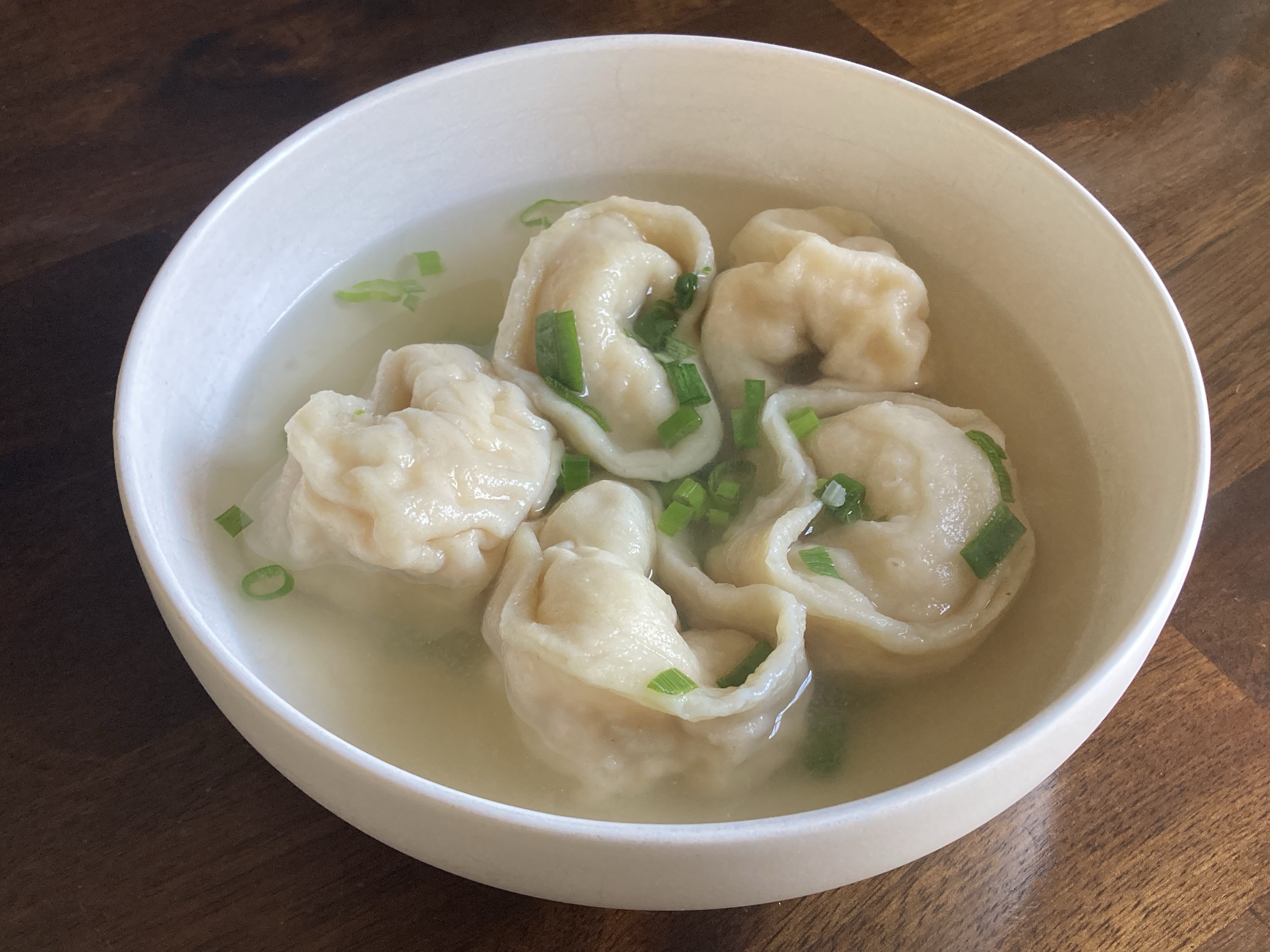
Mandu Guk
Mandu guk(만두국) is a Korean dumpling soup. Popular in Pyongan cuisine, mandu guk often uses wang mandu(왕만두) or similar dumplings […]
-
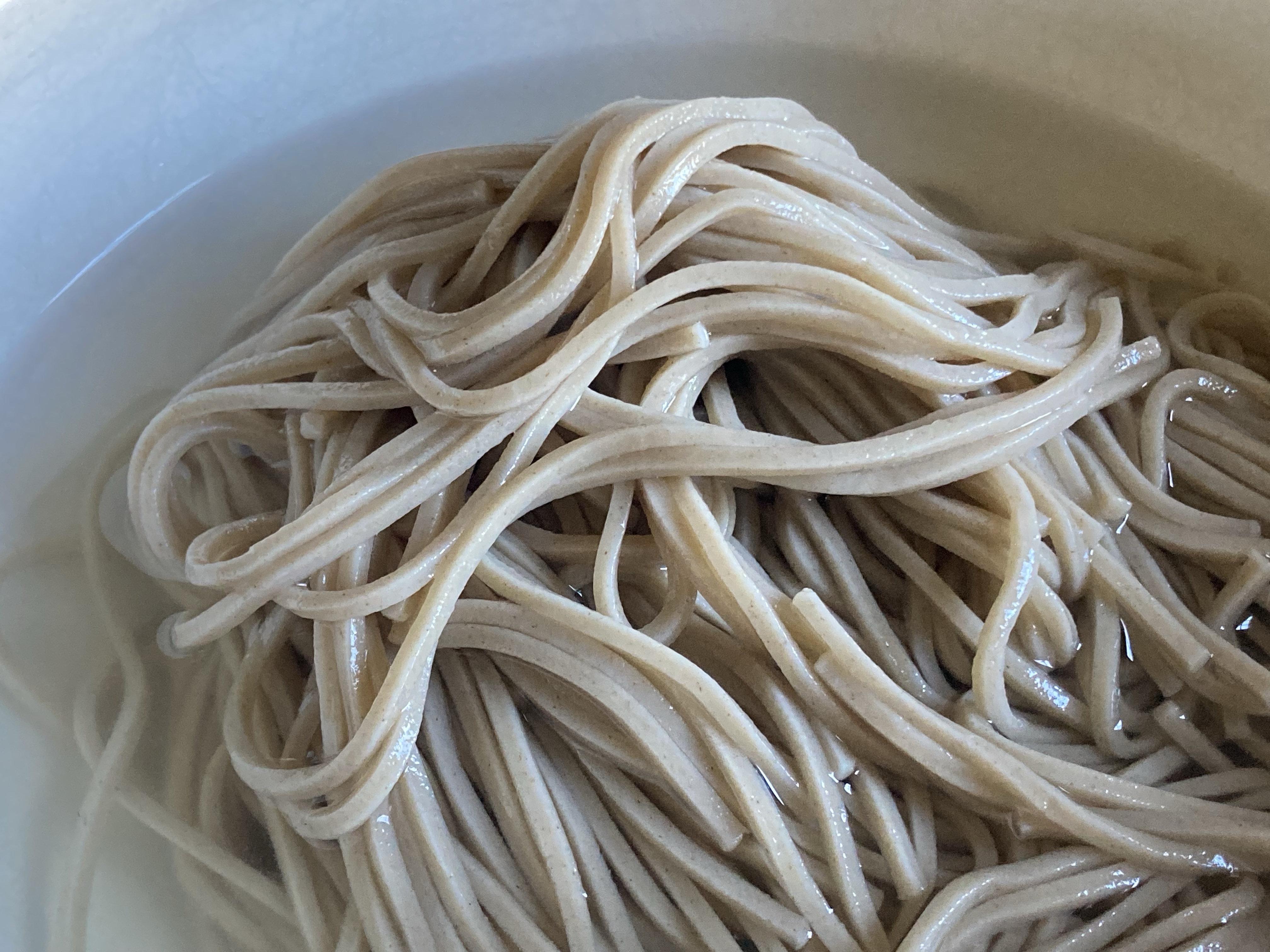
Raengmyeon
Raengmyeon(랭면), or naengmyeon(냉면) is a cold noodle dish from the Pyongan region of Korea. In this part of Korea, noodles […]